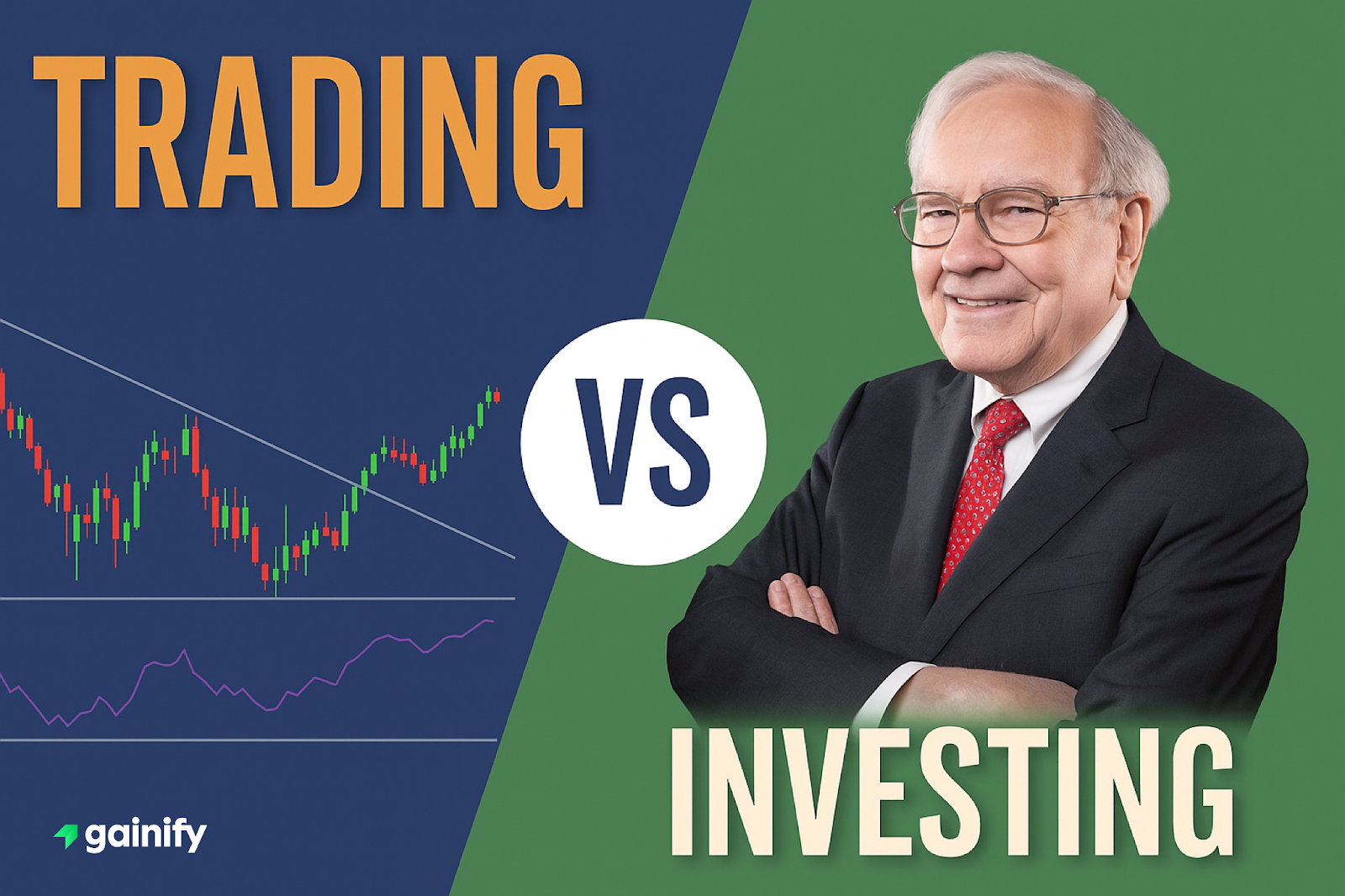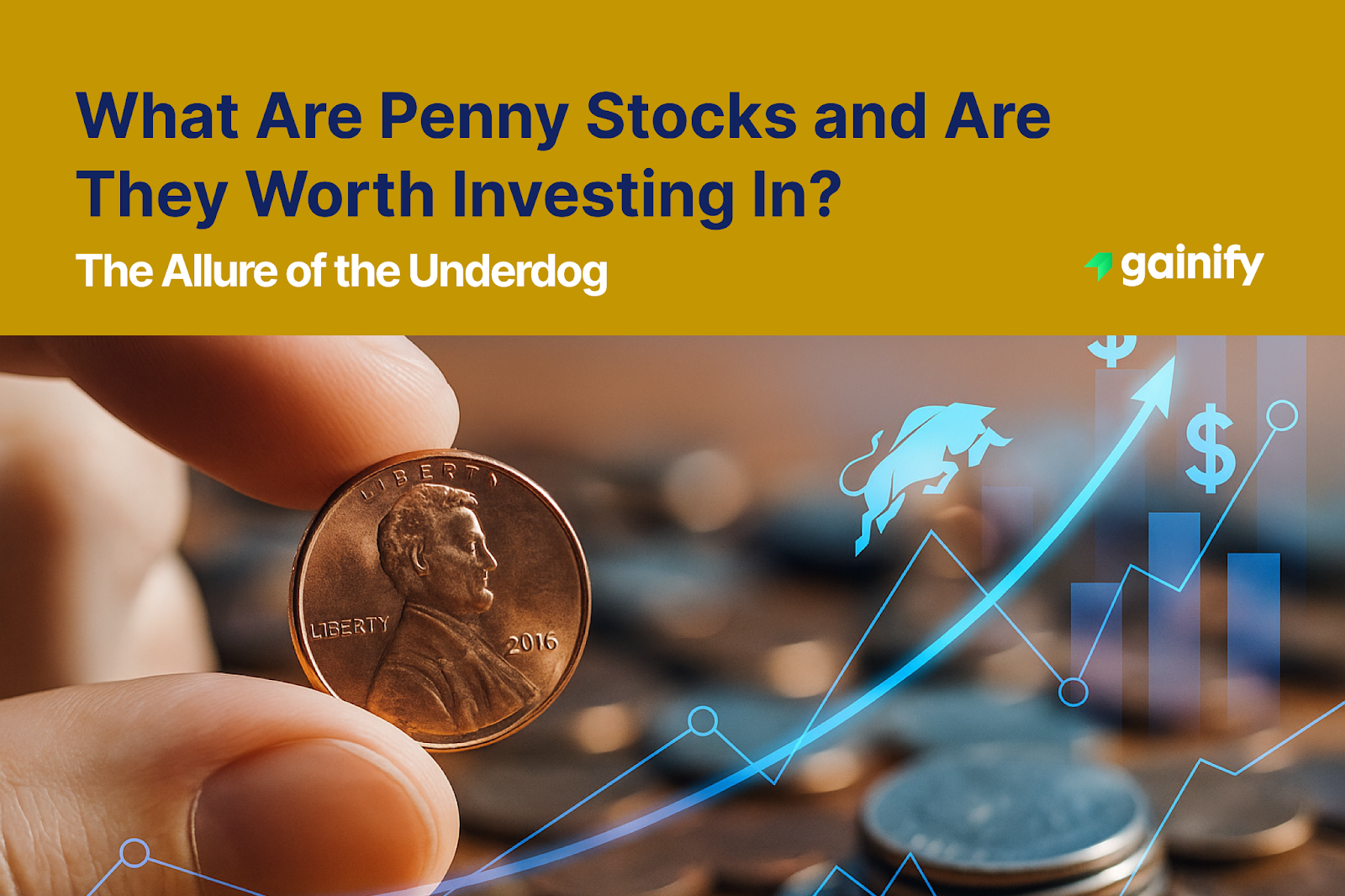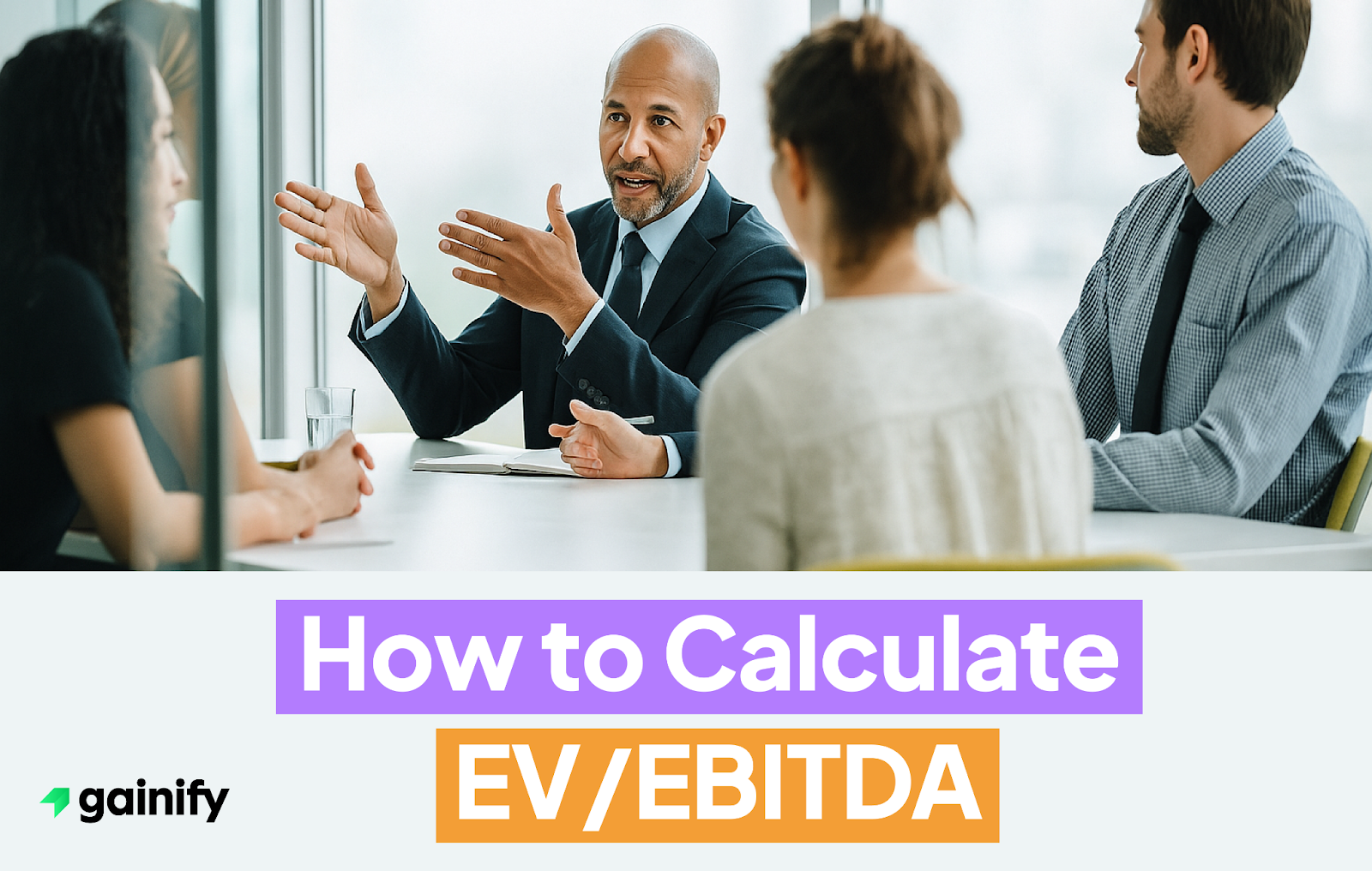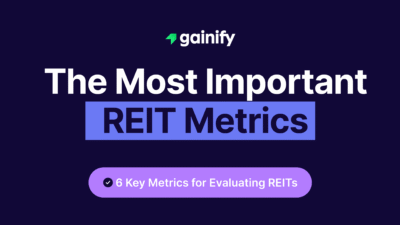If you’re wondering about the difference between trading vs investing, the answer lies in your financial goals, risk tolerance, and time horizons. The choice between these two distinct approaches can define your wealth-building journey whether you’re aiming for short-term profit or long-term growth.
We’ll look at different trading styles and investing approaches to help you understand which methods are suited for quick gains and which are better for building wealth over time. We’ll also explore how your financial goals, whether focused on short-term income or long-term growth, should shape your decision between the two.
Throughout the guide, we’ll keep the explanations clear and practical. You’ll gain a solid understanding of key concepts like market risk, trading frequency, investment types, and long-term planning. Whether you’re new to the markets or refining an existing strategy, this guide will help you make smarter and more confident decisions.
What Is Trading?
Trading refers to the frequent buying and selling of financial assets like shares of stocks, ETFs (exchange-traded funds), or financial derivatives over a shorter period. Traders focus on short-term market fluctuations, day-to-day price movements, and timing the market for quicker profit.
There are several trading styles, each defined by how long a position is held and the strategy behind it. Choosing the right one depends on your time commitment, risk tolerance, and desired pace of profit.
- Day trader: Opens and closes multiple trades within a single trading day, aiming to profit from short-term price movements. This style often relies heavily on technical analysis and may involve high-frequency or algorithmic strategies.
- Swing trader: Holds positions for several days or weeks to capture short-term trends or momentum. It’s a more relaxed pace than day trading but still requires active monitoring of market conditions.
- Scalp trader: Focuses on making dozens—or even hundreds—of ultra-short-term trades in a single day, aiming to capture very small price changes. This style demands intense focus, speed, and precision.
- Position trader: Maintains trades for weeks or months, often riding larger market trends. While it shares some elements with investing, it remains more active and technically driven.
Each style carries its own level of risk and reward, and understanding these differences is crucial for choosing a trading approach that fits your goals and lifestyle.
Traders aim at profit-making through active management, taking advantage of day fluctuations, volatile markets, and news events. However, successful trading requires a deep understanding of trading platforms, risk management tools, and the psychology of a trader mindset.
Pros of Trading:
- Potential for quick profit
- Flexibility across market conditions (up or down)
- Active traders stay engaged with broader market sentiment
Cons of Trading:
- High risk of loss and larger losses from revenge trading or poor decisions
- High tax liability from frequent trading
- Substantial time commitment and emotional pressure
What Is Investing?
Investing is about buying financial assets — like mutual funds, exchange-traded funds, or individual stocks — with the intent to hold them for an extended period of time. The goal is long-term growth, wealth over time, and building an investment portfolio that aligns with your investment plan and risk tolerance.
Investing styles can range from:
- Passive investing: Often using low-cost index funds or ETFs with minimal trading and annual expenses.
- Active investing: Managed by fund managers using fundamental analysis to beat the broader market.
- Growth investing: Focused on companies with long-term growth potential and rising earnings ratio.
- Income investing: Targets dividend income from high-yield shares and bonds at regular intervals.
Investors typically focus on company fundamentals such as financial health, competitive position, long-term growth potential, dividend yield, and how the stock is valued relative to its peers and earnings. Legendary investors like Benjamin Graham popularized the idea of analyzing a company’s intrinsic value to make sound, long-term decisions.
Pros of Investing:
- Benefit from compounding and average stock market return over decades
- Lower stress, better for individual investors and passive investors
- Often more tax-efficient and suitable for goals like retirement or college tuition
Cons of Investing:
- Slower short-term gains
- Subject to market downturns and short-term negative market reactions
- Requires patience and tolerance for risk
Trading vs Investing: A Side-by-Side Look
Factor | Trading (Short-Term) | Investing (Long-Term) |
Objective | Short-term gains, quick profit | Wealth over time, long-term growth |
Time Frames | Minutes to weeks | Years to decades |
Risk | High (requires active risk management) | Moderate (with proper diversification) |
Methodology | Technical analysis, short-term market movements | Fundamental analysis, company fundamentals |
Costs | High expense ratios, deduction for trading costs | Lower annual expenses, annual management fee |
Tax Impact | Frequent trading = higher tax liability | Fewer transactions = more tax-efficient |
Example Roles | Day trader, swing trader, scalp trader | Passive investor, growth investor, bond investor |
Which Approach Is Right for You?
The choice between trading and investing depends on three things: your financial goals, your comfort with risk, and how much time and energy you’re willing to commit. Both paths can lead to profit, but they require very different strategies, tools, and mindsets.
Trading attracts those who thrive on speed, volatility, and constant decision-making. It’s an active, hands-on approach that can offer quicker gains, but also comes with higher risks, emotional strain, and the need for constant market attention. For those with deep knowledge, a well-tested trading strategy, and the discipline to stick to it, trading can be rewarding, but it’s not for everyone.
Investing, on the other hand, is built for those who value long-term growth and financial stability. It’s about buying quality assets like mutual funds, dividend-paying stocks, and exchange-traded funds and holding them through market cycles. Rather than reacting to short-term market moves, investors focus on company fundamentals, strategic diversification, and compounding returns over time.
For most individual investors, long-term investing offers a more sustainable path to wealth. It requires less daily involvement, carries lower costs and tax burdens, and is grounded in the proven power of patience.
Of course, you don’t have to choose one or the other. Many people take a hybrid approach – building a core portfolio for the long haul while setting aside a smaller amount for short-term trades or opportunities. It’s about balance, strategy, and knowing what you’re solving for.
In the end, the real difference between trading and investing isn’t just about timeframes—it’s about mindset. Trading chases movement. Investing builds value. And the market, over time, tends to reward those who stay the course.
Final Thoughts
Understanding the difference between trading and investing is essential for navigating the financial markets with confidence. Whether you’re seeking active income through short-term trades or building long-term wealth through consistent, quality investments, having a clear approach helps you avoid costly mistakes driven by emotion or impulse.
Before you begin, make sure your strategy aligns with your personal goals, risk tolerance, and time horizon. Stick to tools and platforms you trust, keep learning, and don’t hesitate to consult a financial advisor when decisions get complex.
At the end of the day, trading vs investing isn’t about which is better – it’s about which is better for you.
Ready to discover top-performing stocks, filter by dividend yield or revenue growth, and track what the pros are buying and selling?
Build your strategy with insight and confidence at Gainify.io — where data meets clarity.




